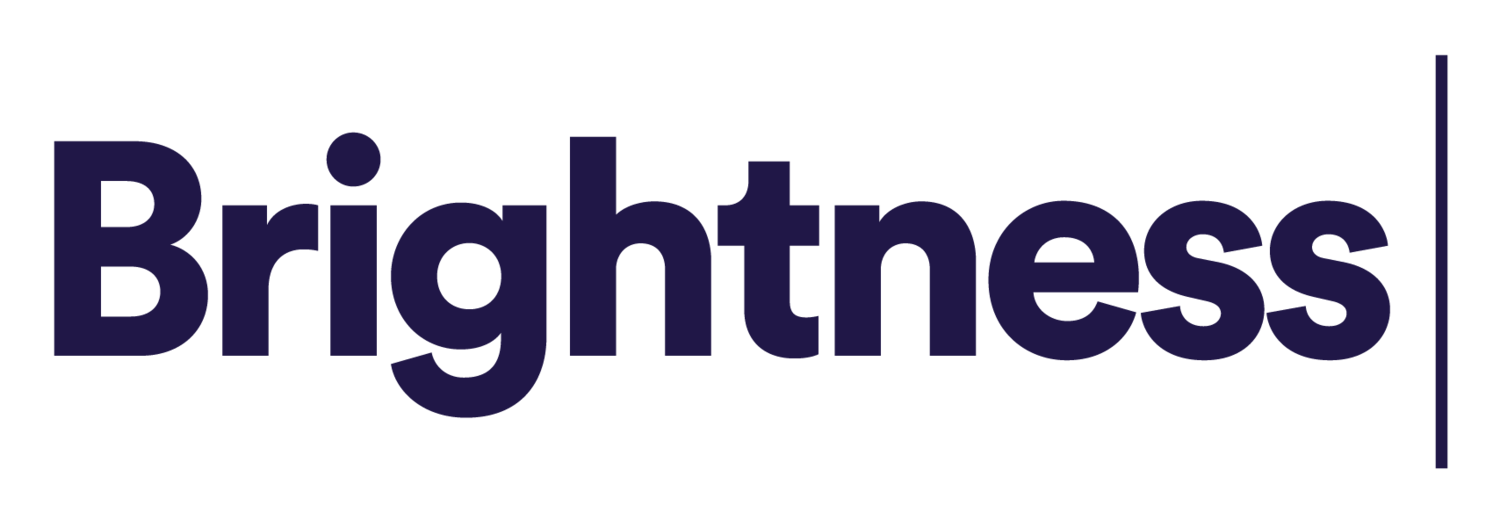Convincing the crowd with Whole Brain Pitching
It is well known that a good speaker masters both content and form. But it is said that a very good speaker is above all someone who knows how to listen and adapt!
That's why one of the tools we like to apply in addition to the Brightness method is the Whole Brain Thinking approach.
Whole Brain Thinking is a concept that encourages us to use all 'facets' of cognitive preferences to improve - among other things - the way we communicate.
To summarise in a few lines, the NBI® explains that we all have majority cognitive preferences which are our reflexes to act, decide, create and communicate. These preferences have been theorised in 4 frames and 8 dimensions by Dr Neethling.
So it is through these cognitive preferences that we will also be most receptive. So if you have an audience of strangers or many people in front of you, we advise you to try applying the Whole Brain Pitching approach.
What is Whole Brain Pitching?
1/ A tool: The NBI® which serves as a 'reading grid' for your audience and as a reference point, so that you can think about addressing all the managers
2/ A structure and arguments: structure in accordance with the 4 frameworks: What, Why, How and Who.
Without necessarily respecting this order, remember to always address these 4 times in your speech, to speak to everyone.
Take for example the speeches of the President or the Prime Minister announcing the measures to deal with the pandemic.
They make sure to give the "What", where we are, the facts, accurate and justified information and an update on the situation and the decisions taken.
They also focus on the "Big Picture", the Why we are here, why we need to implement these measures, and the Why of the future for those who need to project themselves after these measures.
Then the "How" comes into play, with the list of measures, conditions, rules and exceptions to be followed and how to apply them (attestations, etc.).
Without forgetting, of course, the "Who", who it impacts, who we have to do it for, who we protect, who we have to thank for their efforts...
3/ Instruments, language and visuals that will speak to the different "framers" in your pitch and presentation material if you have any.
Beyond the structure, use different linguistic and visual tools for each reasoning: metaphor, anecdote, key figures, graph, animation, photo, word clouds, drawing...
A varied pitch will capture the attention of the crowd. Although, of course, the instruments used must be the most appropriate for the argument in question.
So, ready to try for your next presentation?

